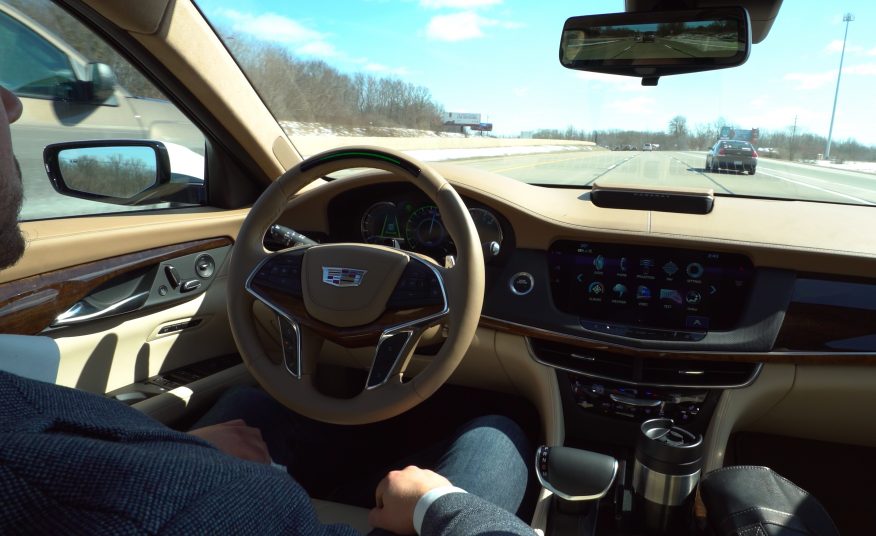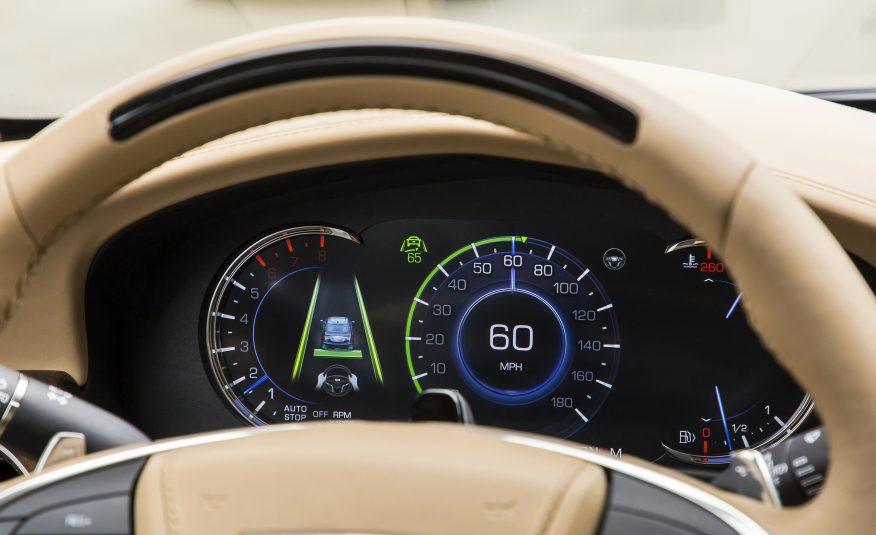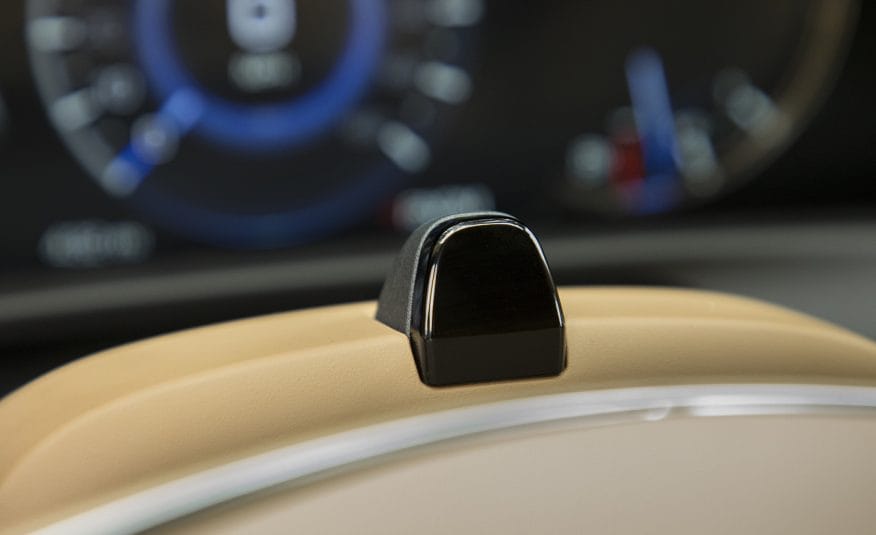
by: John R. Quain
Hands-free autonomous driving is no longer the stuff of Silicon Valley dreams and bug-eyed research vehicles. With Cadillac's long-awaited Super Cruise feature, which launches this month in the 2018 CT6, drivers will be able to buy a car that can drive itself on many highways. Unlike existing semi-autonomous driver-assistance systems from Tesla, Mercedes-Benz, BMW, and Volvo, you don't have to keep a hand on the wheel or retake control of the car after a few seconds. Super Cruise is designed to drive the car by itself for hours on end without driver intervention.
-
Of course, there are limitations. General Motors describes Super Cruise as a Level 2 autonomous system, one in which the system can handle steering, acceleration, and braking while operational. While it doesn't require a frequent hand on the wheel, it does require human monitoring.
-
So far it works on the 130,000 miles of highways in the United States and Canada that Cadillac has specially mapped (including those that a caravan of CT6s are currently using in a cross-country journey showcasing the technology). Super Cruise works only on divided highways that have no intersections, and it cannot perform sophisticated maneuvers such as changing lanes. It will not work above 85 mph or in a snowstorm, and it can behave like a peeved parent. If you start horsing around behind the wheel-turning away too much to interact with your passenger or watch a movie-it will stop the car.

A steering-wheel light bar and cluster icons indicate the
status of Super Cruise and will prompt the driver to return attention to
the road ahead if the system detects he or she has turned away from the
road too long.
-Nevertheless, after a test ride in a 2018 CT6 outfitted with the new option, it is clear Super Cruise represents a milestone in the race toward autonomy. And more important for Cadillac, it's an optional feature buyers are not going to want to do without. Super Cruise arrives in showrooms this month and will be a $5000 option on the Premium Luxury model, which starts at $66,290, and standard on the $85,290 Platinum model.
-
Even after logging many hours in experimental autonomous cars and tens of thousands of miles using driver-assistance systems, it was still disquieting to push the Super Cruise button and let go of the controls for the first time. But within minutes, I felt confident enough to allow the CT6 to negotiate narrow lanes on the New Jersey Turnpike as we squeezed between multiple tractor-trailers and concrete barriers at 65 mph. There was none of the anxiety-inducing ping-ponging within lanes that the likes of BMW and Tesla systems can produce. GM's Super Cruise kept the car on the straight and narrow, and its unwavering steering instilled confidence.
-
It accomplishes this using cameras and radar, but without expensive onboard lidar sensors. Instead, GM has utilized lidar beforehand to make high-resolution 3D maps that act as a proxy for onboard lidar and contain detailed information on elevation changes, guardrails, and bridge abutments.
A steering-wheel light bar and cluster icons indicate the
status of Super Cruise and will prompt the driver to return attention to
the road ahead if the system detects he or she has turned away from the
road too long.
-
The driver-attention system uses a small camera located on
the top of the steering column and works with infrared lights to
determine where the driver is looking whenever Super Cruise is in
operation.
-Still, there are plenty of situations on the highway that Super Cruise cannot handle. It cannot account for new construction (although it dealt with minor stretches of road work on my test drive without handing back control), and it will not anticipate maneuvers by human drivers. At one point, a car merging on my right had to slow down to enter the highway; Super Cruise drove like a true New Yorker, refusing to budge one bit to let the fellow in.
-
To ensure you're always aware of what's going on, Super Cruise uses an attention-detection system to ensure the human behind the wheel can retake control in the event a handoff is requested. Infrared sensors in the steering wheel and a video camera in the top of the steering column keep tabs on the driver's eye movements and head position. Misbehave or block the camera and the car goes through various warning levels. If the driver continues to be unresponsive, it will ultimately bring the vehicle to a halt within the lane of travel, an aspect of Super Cruise that has already raised safety concerns from federal regulators.
In the realm of firsts, Audi is touting its forthcoming Traffic Jam Pilot package for the 2019 A8 as the first "conditional automated driving" system, one that lets drivers give up control to a self-driving machine and turn their attention to things like onboard entertainment. Audi calls it the first true Level 3 system. Drivers don't need to monitor operations.
-
When it comes to comparisons, though, it should be noted the two systems have fundamentally different use cases. Traffic Jam Pilot is targeted toward commuters who want to avoid the drudgery of stop-and-go traffic, and it works at speeds lower than 37 mph, while Super Cruise is optimized for highway travel.
-
Perhaps more important for motorists itching to get their hands on the latest tech, the Audi A8 with this option has yet to appear in showrooms-and the Cadillac CT6 is here now.
article from: caranddriver.com
No comments:
Post a Comment